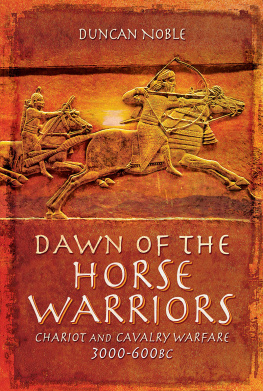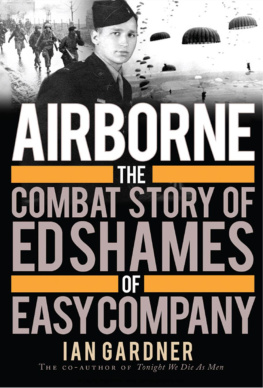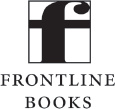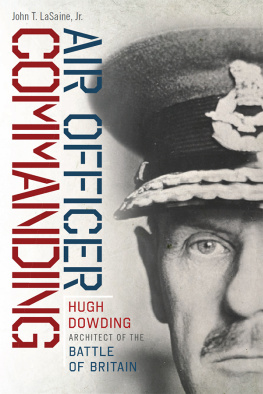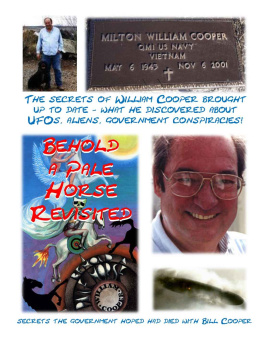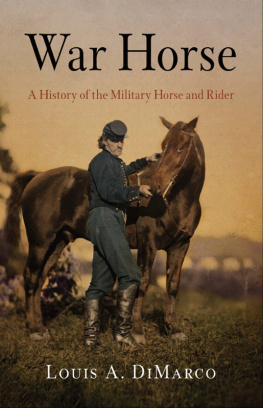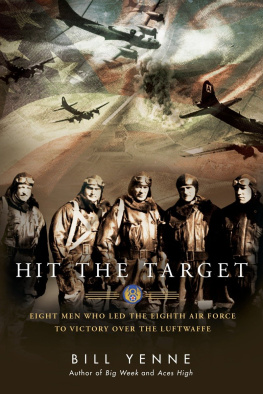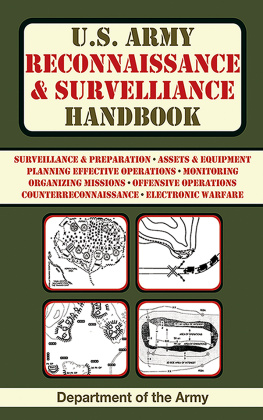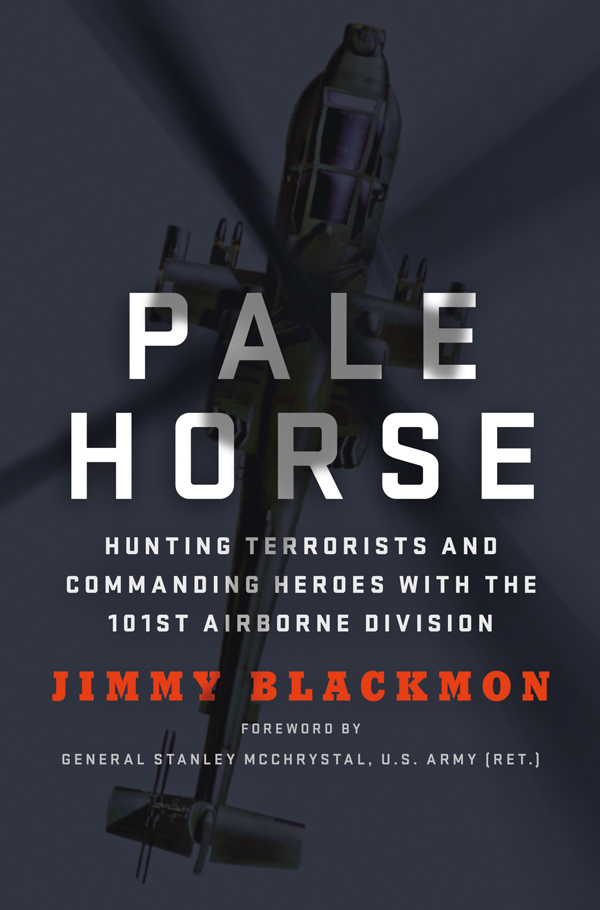Contents
Guide
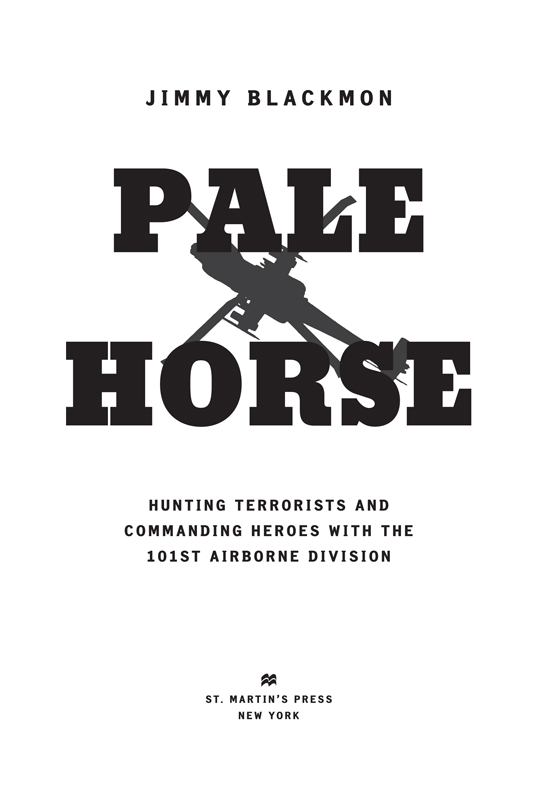
The author and publisher have provided this e-book to you for your personal use only. You may not make this e-book publicly available in any way. Copyright infringement is against the law. If you believe the copy of this e-book you are reading infringes on the authors copyright, please notify the publisher at: us.macmillanusa.com/piracy.
AND I LOOKED, AND BEHOLD A PALE HORSE: AND HIS NAME THAT SAT ON HIM WAS DEATH, AND HELL FOLLOWED WITH HIM.
REVELATION 6:8
While war is often pictured as the clash of mighty armies with columns of tanks rumbling across vast open spaces, it is often much different. In eastern Afghanistan in 20082009, U.S. forces defended small outposts in an effort to bring stability to long-contested border regions within Kunar and Nuristan provinces, home to a dense mix of hard-core Taliban and al Qaeda fighters. American soldiers fought ferocious gun battles from these lonely combat outposts stretched thinly within deep valleys that were often flanked by towering mountain masses. It was not a new kind of war. It was the complex, lethal intersection of politics, terrain, weapons, and humans that has been the burden of warriors for millennia.
In Afghanistans most recent war, to survive in these brutal conditions, soldiers often looked skyward. The pulsating throb of rotor blades became a comforting sound as the air cavalry warriors of Task Force Pale Horse repeatedly flew into narrow valleys or along rocky hillsides to provide lethal firepower to the soldiers below or to deliver critical supplies and reinforcements. Often they were called into hot helicopter landing zones to rescue the wounded and evacuate the dead. Their efforts reflected a deep commitment to support the soldiers on the ground at all costs.
While most histories of warfare describe combat from the perspective of the soldiers on the ground, often recounted many years after the guns fall silent by those who themselves never tasted combat, Task Force Pale Horse is unique in the telling. Based on the meticulous journal entries he kept while in command, Jimmy Blackmon paints a stunningly vivid portrait of the rugged beauty that defines Afghanistan: an incongruous backdrop for the vicious fighting that would come to define the task forces yearlong deployment. Vibrant with the emotions and passions that accompany soldiers in combat, it chronicles the triumphs and personal tragedies of the men and women of Task Force Pale Horse. Viewed through the lens of a combat aviator, it is a story of unhesitating courage and compassion from those who flew and fought from the air to defend those who served on the ground.
The soldiers of Task Force Pale Horse came from every walk of life and every corner of America. The sons and daughters of bankers and farmers, of doctors and deliverymen alike, they were all volunteers, some of whom watched the Twin Towers collapse in New York City on September 11, 2001, and resolved in that instant to leave the lives they had known to join the military. Regardless of their upbringing or station in life, the common denominator among them all was a passion to serve their country in its time of need. Their devotion to each other and to the rough warriors they defended would be tested time and again in places both known and unfamiliar to the average American, places such as outposts Keating and Lowell, Bari Ali and Honaker-Miracle, and valleys made famous by the heroes who fought there, such as the Korengal and Shuryak, the Watapur and Ganjgal.
* * *
The soldiers of Task Force Pale Horse were not extraordinary because other men made them so; they were extraordinary by their own actions, often taken at great risk to their own lives. Reinforcing a climate and culture within Task Force Pale Horse of implicit trust in the judgment and decision-making of the pilots on mission, Jimmy Blackmon empowered his soldiersregardless of rank or positionto find new and innovative solutions to complex problemsexactly the types of problems soldiers encountered every time they flew into the valleys. This approach to leadership unleashed the potential of the most junior soldier and earned Task Force Pale Horse the admiration and respect of the soldiers they served.
In the end, Pale Horse is a fascinating window into combat on the most viscerally human level and a moving tribute to the brave men and women who fought. Though their overall mission in Afghanistan served a higher purpose, they ultimately fought and bled for each other and for the soldiers fighting for their lives below. As Jimmy might say, they would do it all over again despite the risks, the personal sacrifices, and the burdens many still carry to this day. This is their story.
G ENERAL ( R ET.) S TANLEY A . M C C HRYSTAL
Suddenly I was awake. The only visible light in my plywood stall was the glowing red numbers on the clock across the room4:03 A.M. Having just lain down, I wondered how that was possible. I had flown a reconnaissance mission in a helicopter the previous night and as we began to work our way back toward Jalalabad Airfield, just south of the city of Mehtar Lam, the enemy opened fire on us with machine guns. It was a DShKa big 12.7-mm Soviet antiaircraft gun that the enemy often used against us. We knew when it was a DShk because of the deep thud it made when it fired, versus the crack or pop of smaller-caliber weapons. The sound of that thud sent a surge of adrenaline flooding through our veins and chills down our spines. Our helicopters could absorb a few small-arms rounds, but a DShK could bring us down in seconds.
The bullets cracked in the air as they passed by the aircraft just under the rotors, barely missing us. The event was dismally common; nevertheless, my heart rate increased and my mouth went dry. I was still jittery when I landed back at the airfield, realizing that my life had been spared by mere feet. It had been a night mission, so I didnt get to bed until 1:30 A.M. I lay in bed for what seemed like hours, exhausted yet struggling to fall asleep. Three hours later I lay awake with thoughts of the mission, the deployment, still running through my mind.
I sat up in bed, swung my body around, and placed my feet on the dusty Afghan rug. Head in my hands and elbows on my knees, I thought, might as well go for a run.
I stepped into a moonlit night on the four-mile perimeter road that circled our base. As I ran I wondered what my family, over seven thousand miles away, might be doing at this hour. I had spent three of the previous five years deployed to either Iraq or Afghanistan. It was baseball season at home; I tried to think about something else because it hurt too badly to visualize a double play and an empty seat in the bleachers. In wars past, communication traveled at the speed of the U.S. mail system. With Internet access I was able to see pictures and communicate with emails dailya constant reminder of what and whom I was missing. We called it a blessing, but it was a painful blessing. I found it strange that something as unnatural as repetitive combat tours could somehow become a way of life that I considered normal. It was absurd, yet true.
Our forward operating base, FOB Fenty, sat just on the eastern side of Jalalabad, which was quiet at that time of the morning. I didnt see a single person during my run, which suited me. The days, and most of the nights, were filled with activity. I was always planning missions, rehearsing missions, or flying missions. As I ran, all alone in the darkness, I felt free of everything else in the world. I was completely alone with my thoughts. It felt good to escape.


